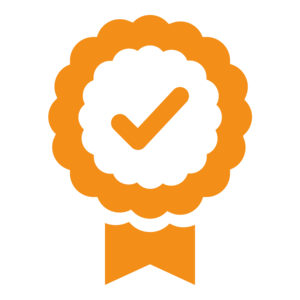Trustworthy

You may be a trustworthy computer programmer but nobody may trust your ability to manage a project. You may trust your surgeon to do brain surgery—but not to give you financial advice.
Trustworthy differentiates behaviors and traits that contribute to trustworthiness in different situations (such as predictability) and other behaviors and traits that are limited to specific situations (such as surgical expertise).
Goal
To identify common and unique behaviors and traits that enhance your trustworthiness in different situations.
Materials
Instructions
Preparation
Prepare lists of roles. Think of various professional, social, and personal roles that are familiar to the participants. Here's a sample list that we recently created: manager, team member, customer, president of the organization, police, politician, religious leader, and psychiatrist.
Prepare role cards for the participants. Find out how many people are going to participate in your activity. Divide them into at least three teams and not more than 10 teams. Each team should have 2 to 5 players. Select as many roles as there are teams and prepare as many cards with each role as there are team members.
Example: Let's say you have 17 participants. You decide to divide them into three teams of four and one team of five. You decide to prepare four cards each with the roles of customer, salesperson, and sales manager and five cards with the role of trainer.
Flow
Distribute the role cards. Shuffle the packet of role cards and give a card to each participant. Ask the participants to study the role on the card they received. Explain it is not their role, but a role about which they will interview other participants.
Interview each other. Tell the participants that they will have 5 minutes to conduct individual interviews with as many other participants as possible. During the interview they should collect responses to this question:
If you are a person with this role, what behaviors and traits will increase your trustworthiness—and what behaviors will decrease it?
Encourage the participants to jot down the responses they receive on a piece of paper. Also remind them that each interaction will be a cross-interview. The participant should respond to a similar interview question from the other person.
Set your timer for 5 minutes and start it.
Form Teams. At the end of 5 minutes, blow your whistle and ask the participants to conclude their interviews. Then ask them to locate other participants with the same role card and organize themselves into a team.
Create a checklist. Ask the participants to share the information they had collected during the interviews. Also ask them to share their own opinions about the behaviors and traits that will increase and decrease the trustworthiness of a person in the role printed on their card. Instruct each team to use all of this information to create a checklist on how to increase the trustworthiness of a person in the assigned role. This checklist should contain a list of behaviors and traits to be exhibited and to be avoided.
Distribute a sheet of flipchart paper and a felt-tipped pen to each team. Ask the team members to record their checklist on this sheet of paper.
Announce 5 minutes for this task. Set your timer for 5 minutes and start it.
Present the checklist. At the end of 5 minutes, blow your whistle and ask the teams to give finishing touches to their checklists. After a suitable pause, invite each team to identify the specified role and to present the key items from their checklists. Make sure that every team gets an opportunity to make its presentation.
Discover similarities and differences. Ask the teams to post their checklists on the wall. Invite the participants to review the checklists and to identify common behaviors and traits that occur in different checklists and other unique behaviors and traits that are limited to a specific role. Conduct a discussion of these similarities and differences.
Assign a follow-up task. Thank the participants for their contribution. Ask each of them to think of a key role they play in their organization. Using what they learned from this activity, ask the participants to make their own personal checklist of behaviors and traits to be exhibited and to be avoided to increase their trustworthiness in the role they selected.
Attachments
- noun_1144734_F38F19.png
Background
Source: Thiagi Group